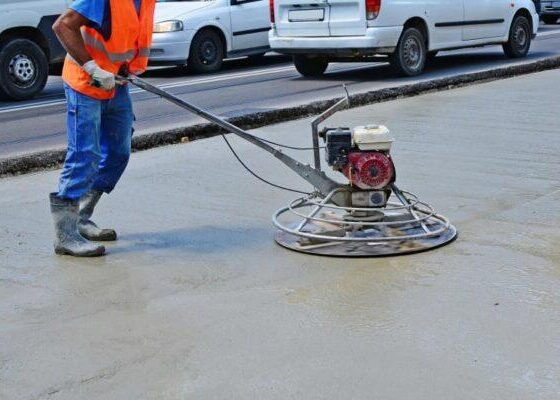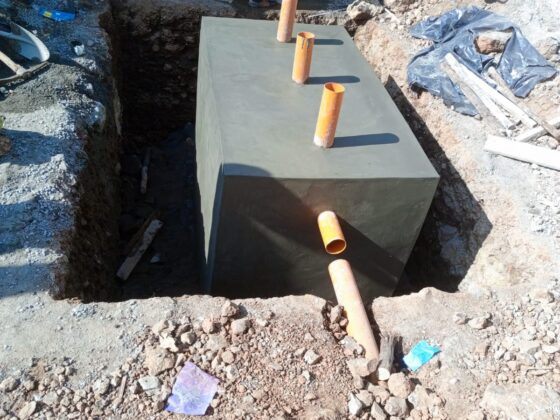Retaining walls are walls that are built to hold back the earth, as a dam would hold back water. They are usually designed to resist the weight of the earth behind them in dry and wet conditions. It is common for them to fail especially due to prolonged wet conditions.
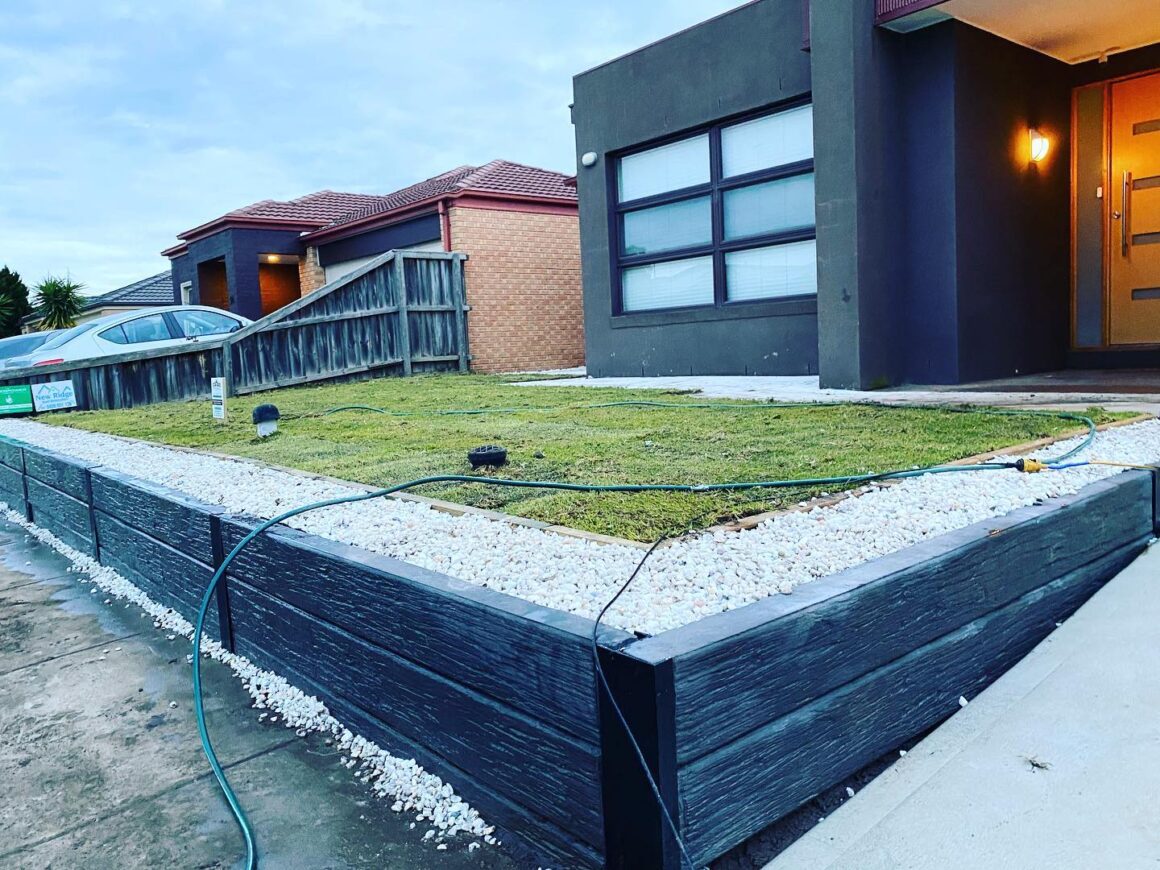
Here are some of the reasons retaining walls fail:
1. Backfill Material – The backfill material closest to the wall should allow for drainage to the footing of the retaining wall. Where the water will enter the weep holes to leave the back of the retaining wall or follow the drain away from the wall. When choosing your porous media, most people go for angular aggregates about ¾ to an inch wide. Make sure that the aggregate is not rounded as these may tend to shift and this may cause the retaining wall to ail.
2. Backfilling process -Before backfilling ensure that the wall is well cured so that it can be able to handle the weight. Note that pure masonry retaining walls can only support up to 1.5m of weight on it. Material being put should be put in layers then levelled after every single layer to avoid failure of the retaining wall.
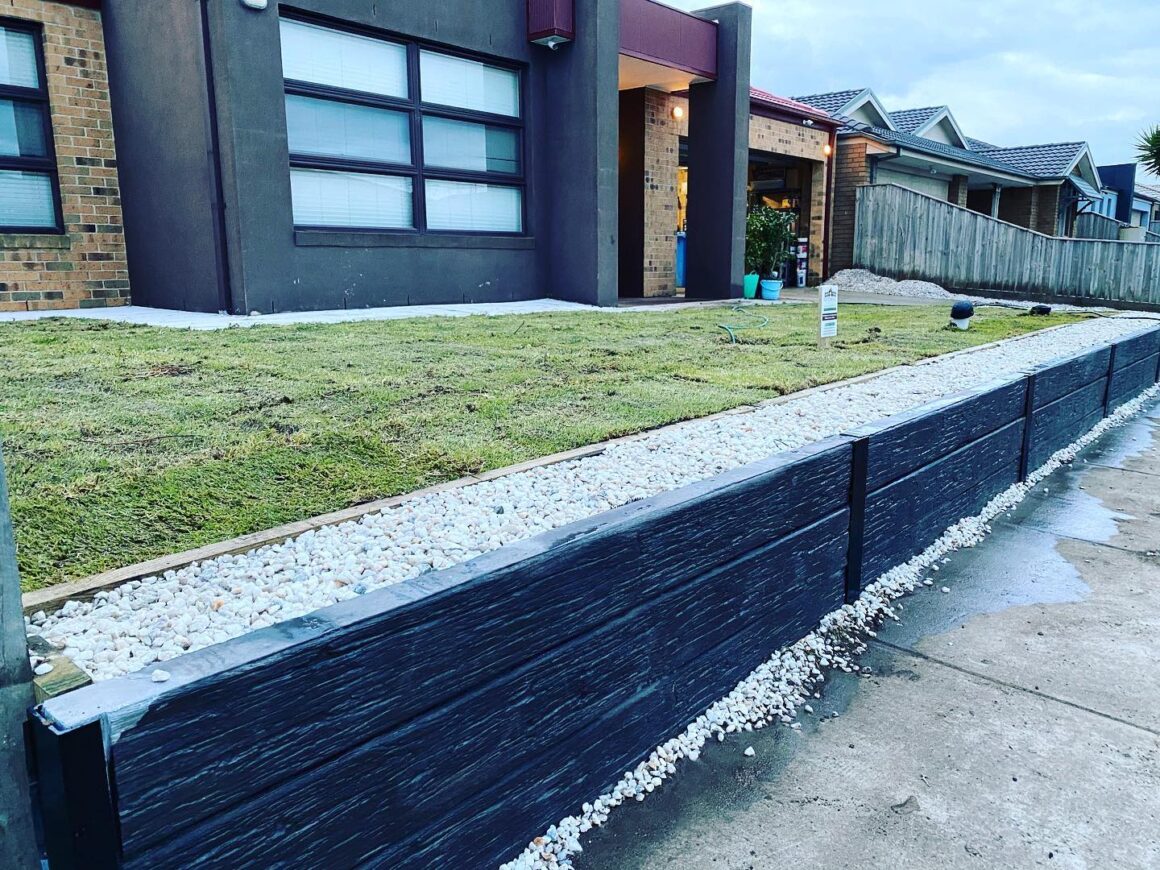
3. Terracing retaining walls – When you have terraces on your retaining walls, make sure that the retaining walls are adequately spaced. The minimum distance that the second wall should be is at least two times the height of the bottom wall back. This avoids overloading the bottom retaining wall which leads to failure.
4. High retaining walls – If the space does not allow for a terraced retaining wall, it is better to go high. This will reduce the loading on the bottom part of the retaining wall. However, higher retaining walls must be designed to specification and an engineer should be consulted as they are subject to failure if not well designed.
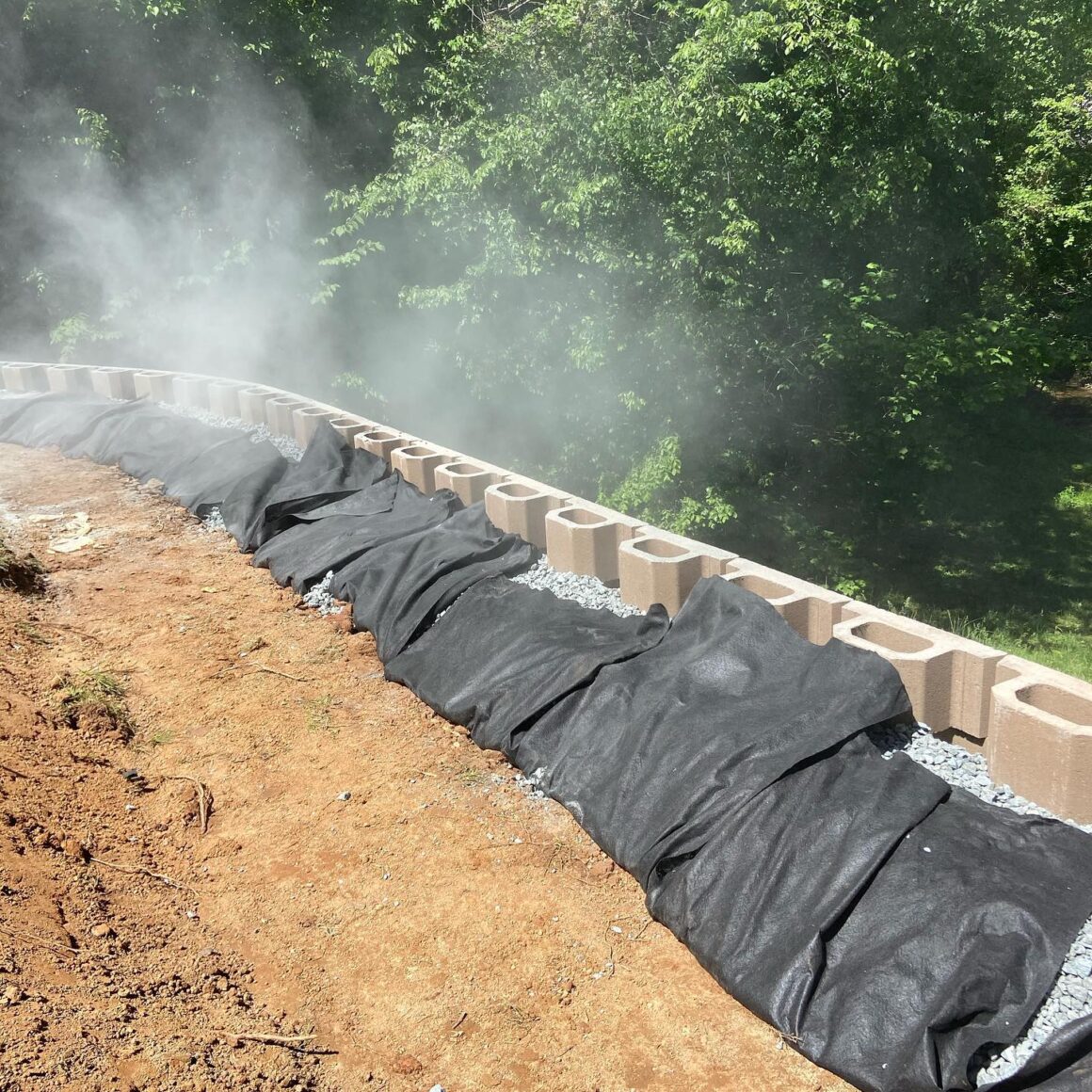
5. Footing materials – If you are going to pour a footing for your retaining wall make sure it is at least 4 inches thick (100cm). Other options are the angular aggregates used for drainage. These have to be at least 6 inches thick(total height) to avoid failure.
6. Drainage – Always ensure that the water that comes to your retaining wall has a way to drain out. This is usually achieved using a sloping drain or a porous pope that guide the water away from the retaining wall at the bottom of the wall combined with weep holes on the face of the walls. This reduces the pressure that builds up behind the retaining wall that would lead to subsequent failure.
7. Protection from the soil – If you are using drain pipes, check that the area with the porous media is protected from the soil by using membranes that either block both soil and water or block the soil and allow the water to pass through to the porous medium causing failure.
Are you preparing to pour a slab on grade for a building, here is how to do it.
Hope this has been useful. Build wisely!




